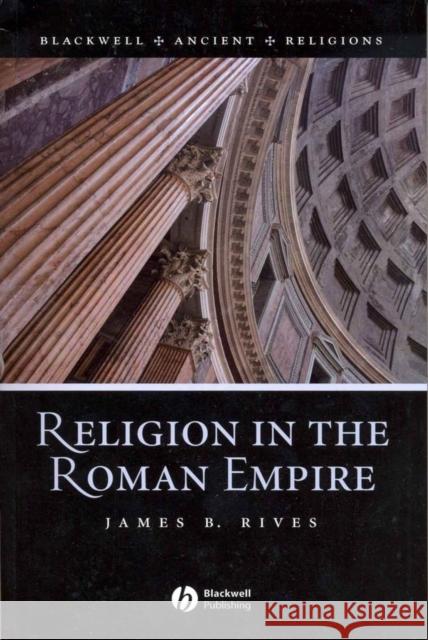Religion in the Roman Empire » książka
topmenu
Religion in the Roman Empire
ISBN-13: 9781405106566 / Angielski / Miękka / 2006 / 256 str.
Religion in the Roman Empire
ISBN-13: 9781405106566 / Angielski / Miękka / 2006 / 256 str.
cena 162,71
(netto: 154,96 VAT: 5%)
Najniższa cena z 30 dni: 162,37
(netto: 154,96 VAT: 5%)
Najniższa cena z 30 dni: 162,37
Termin realizacji zamówienia:
ok. 30 dni roboczych
Bez gwarancji dostawy przed świętami
ok. 30 dni roboczych
Bez gwarancji dostawy przed świętami
Darmowa dostawa!
This book provides an engaging, systematic introduction to religion in the Roman empire.
- Covers both mainstream Graeco-Roman religion and regional religious traditions, from Egypt to Western Europe
- Examines the shared assumptions and underlying dynamics that characterized religious life as a whole
- Draws on a wide range of primary material, both textual and visual, from literary works, inscriptions and monuments
- Offers insight into the religious world in which contemporary rabbinic Judaism and Christianity both had their origin











